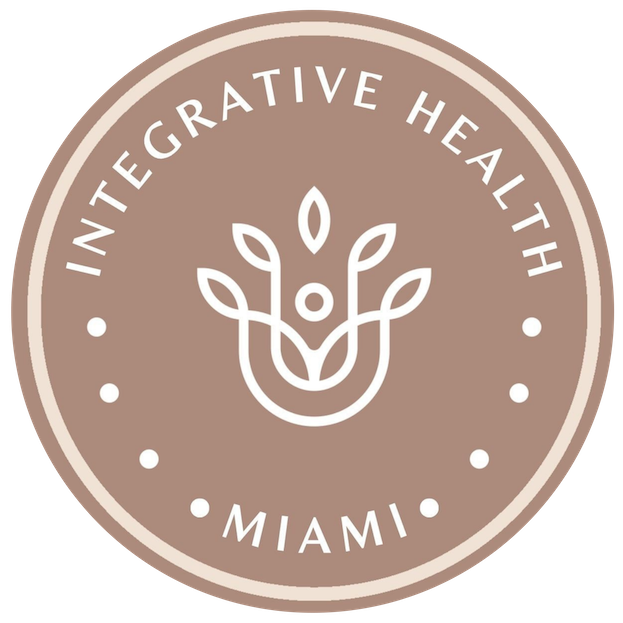The State of Florida
A Sunshine State of Diversity, Nature, and Coastal Splendor
By Integrative Health Miami | Dr. Yeisel Barquin
Florida, known as the “Sunshine State,” is a well-liked travel destination in the Southeast United States. Travelers are enthralled by its unique culture, natural attractions, and stunning shoreline landscape. This comprehensive feature will introduce you to Florida and its incredible cities.
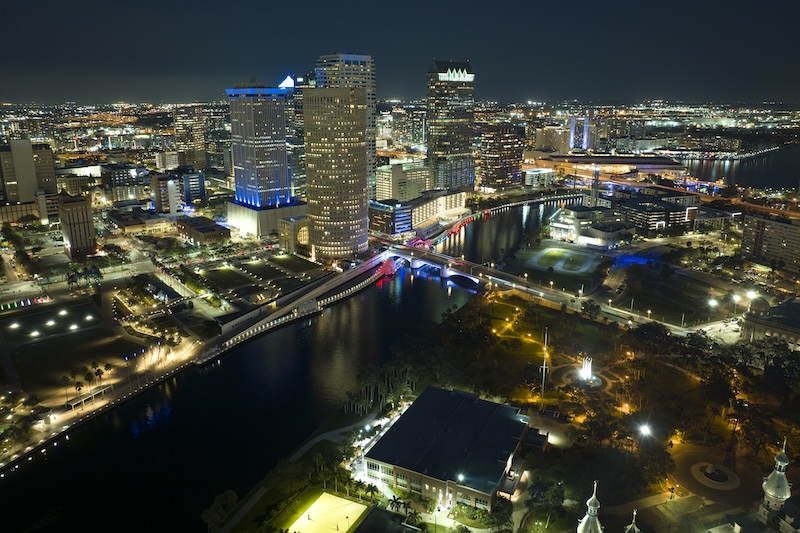
Geography and Climate:
The state of Florida is in the Southeast United States. Its borders are the Atlantic Ocean and the Bahamas to the east, the Straits of Florida and Cuba to the south, the Gulf of Mexico to the west, and Alabama to the north and northwest. The state’s central and northern regions have humid subtropical weather. It is the only state that shares borders with both the Gulf of Mexico and the Atlantic Ocean. The climate in South Florida is tropical.
Coastal Beauty:
Florida boasts an impressive 1,300 miles of gorgeous coastline, home to several spotless beaches, vibrant coral reefs, and diverse coastal ecosystems. Travelers worldwide are drawn to the state’s breathtaking coastline, which includes the Panhandle’s white sand beaches and the Florida Keys’ vibrant reefs.
Ecological Marvels:
Florida is widely recognized for its remarkable natural wonders due to its diverse range of ecosystems. A UNESCO World Heritage Site, the Everglades are home to various wildlife, including manatees, alligators, and multiple bird species. These ecological riches have been safeguarded by the state’s commitment to environmental preservation.
Cultural Diversity:
A rich tapestry of influences from Latin America, the Caribbean, Europe, and beyond has shaped Florida’s cultural landscape. At the same time, cities like Miami reflect the diverse fabric of cultures, and neighborhoods like Little Haiti and Little Havana offer rich experiences in food, art, and customs.
Theme Parks and Entertainment:
Florida is frequently associated with world-class amusement parks and entertainment complexes. Orlando, sometimes called the “Theme Park Capital of the World,” is home to several well-known attractions, including Universal Studios Florida and Walt Disney World Resort. Thanks to these popular tourist destinations, Florida transforms into a global hub for entertainment every year.

Space Exploration:
The Kennedy Space Center, situated on Merritt Island, Florida, is the center of American space exploration. Among the historic space launches on the Space Coast are the Apollo missions and Space Shuttle flights. The Cape Canaveral Air Force Station strengthens the Florida space exploration tradition.
Retirement Destination:
Florida has been a popular retirement destination because of its pleasant weather, favorable tax regulations, and wealth of recreational possibilities. Cities like Sarasota and Naples provide retirement communities with beautiful natural surroundings and cultural attractions.
Sports and Recreation:
A vibrant sports culture complements the state’s natural lifestyle. Florida is the location of the Miami Open, Daytona 500, and Major League Baseball teams’ spring training. Because it has so many golf courses, water sports, and nature trails, Florida is more appealing to people who enjoy sports and outdoor activities.
Florida is a unique and complicated state with its stunning coastline, diverse population, natural wonders, entertainment venues, space exploration history, retirement attractions, and sports culture.
Aventura, Florida
Aventura, Florida, features affluent single-family homes and contemporary high-rise buildings in the center of the South Florida metropolitan area. It is most well-known for the Aventura Mall, the third-largest mall in the US. Aventura is located 12 miles south of Fort Lauderdale and north of Miami.
History and Architecture:
Aventura—initially called “Turnberry”—began to develop in the early 1970s and was officially recognized as a city in 1995. Aventura Mall, the third-biggest shopping center in the US, is in Aventura. The lavish resort Turnberry Isle, located in the city, is also the site of the Gary Hart/Donna Rice affair, which caused Hart to resign from his 1988 presidential campaign, and where the boat Monkey Business was anchored. Built in 1983 as a joint venture between Turnberry Associates and Simon Property, it generates substantial income for the city.
Recreational Destinations:
Founders Park has a beautiful playground, picnic areas, walking routes, and sports facilities, including basketball courts and soccer pitches. This location is ideal for engaging in outdoor activities. The 36-hole championship Turnberry Isle Miami Golf Course boasts lush scenery, stunning views, and championship golfing. Conveniently close to Aventura, the Oleta River State Park provides hiking, biking, kayaking, and paddleboarding options. Everyone may find something to enjoy in this vibrant city, whether they are more interested in entertainment, shopping, or outdoor activities.
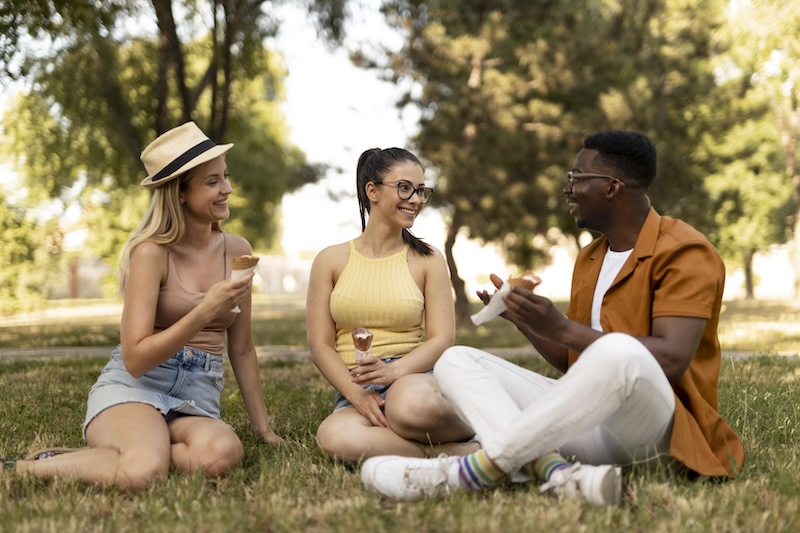
Coconut Grove, FL
Coconut Grove is a neighborhood of Miami in Miami-Dade County, Southeast of Brickell and The Roads, east of Coral Gables. Its boundaries are as follows: LeJeune Road to the west, Biscayne Bay to the east, Rickenbacker Causeway and South Dixie Highway (US 1) to the north, and North Prospect Drive to the south.
History and Architecture:
The neighborhood known as Coconut Grove is the oldest continuously inhabited area in Miami-Dade County. It was officially founded when the Cape Florida lighthouse opened its doors in 1825. Dr. Horace P. Porter is said to have proposed the name when he opened the Coconut Grove post office in 1873. During this time, there was an increase in white Bahamian, British, and American immigration from the Northeast to Coconut Grove. In 1882, the Bay View Inn—later renamed the Peacock Inn—opened as the first hotel in South Florida.
The oldest house in Miami-Dade County, Barnacle Historic State Park, was built in 1891 and remains in its original site. Known by most as “The Commodore,” Ralph Middleton Munroe was an American boat designer who lived in Coconut Grove for a long time and was instrumental in establishing the Biscayne Bay Boat Club.
Coconut Grove was annexed by the city of Miami in 1925. In the 1960s, the youth counterculture movement in South Florida centered around Coconut Grove. Notably, the now-famous Doors concert took place at the Dinner Key Auditorium. In the 1970s, the Bohemian community expanded even further.
Restaurants, Hotels, and Bars:
Coconut Grove has many sidewalk cafés, outdoor cafes, and waterfront restaurants and bars. At night, “The Grove” develops into a well-liked nightlife hotspot, attracting a diverse crowd of residents, tourists, young professionals, and students from Florida International University and the University of Miami. The two most well-known businesses near the end of Commodore Plaza are Greenstreet Cafe and Lulu, located right next to one another. Monty’s Raw Bar and Flanigan’s Seafood Bar & Grill are excellent choices for a weekday happy hour.
Coconut Grove is home to several boutique hotels, including the well-known Mr. C Miami—Coconut Grove, owned by the Cipriani family. The Cipriani brothers decided Coconut Grove was the perfect location for their one-of-a-kind, nautically-themed hotel. The Mayfair at Coconut Grove is an even more luxurious hotel featuring a chic atmosphere and a stunning rooftop pool.
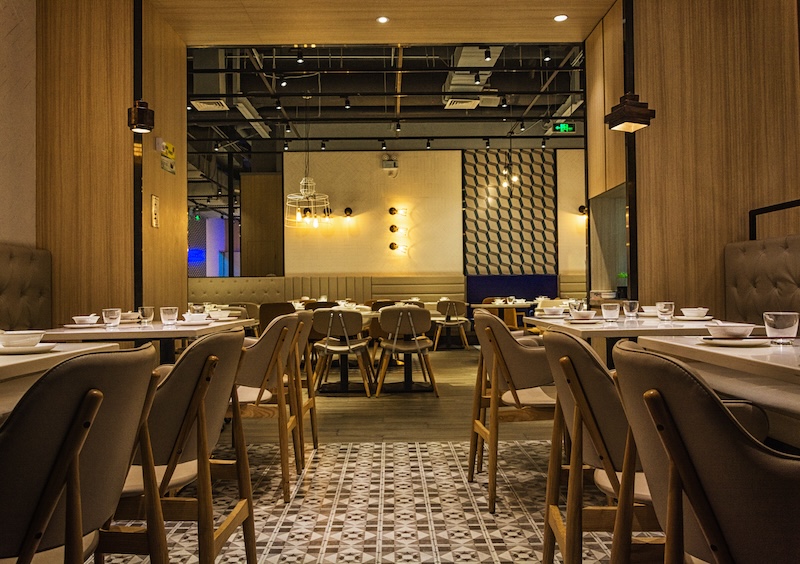
Parks and Recreation:
Coconut Grove hosts several outdoor festivals and events, such as the annual Coconut Grove Arts Festival. Ironically, the King Mango Strut began as a parody of the Orange Bowl Parade and continues on the last Sunday in December each year. The Grove Food & Wine Festival hosts the Great Taste each April. Every June, the Goombay Festival, which celebrates Bahamian food, culture, and the kind of music known as Junkanoo, turns Grand Avenue into a Caribbean Carnival.
Biscayne Bay, which borders Coconut Grove to the east, is an excellent location for boating and sailing. The Coconut Grove Sailing Club, the Coral Reef Yacht Club, and the Biscayne Bay Yacht Club are close to the Dinner Key Marina, a municipal marina. Located on the Bay, between Kennedy Park and Coral Reef Yacht Club, lies the US Sailing Center.
Coconut Grove has an abundance of gyms. Three are just within the Village Center shops. But Coconut Grove is the best place to work out if you enjoy doing so outside. Many Coconut Grove homeowners are happy to live in one of Miami’s greenest neighborhoods. Coconut Grove has several lovely parks, including David T. Kennedy Park, Peacock Park, and Coconut Grove Dog Park. These parks almost all have well-kept running trails.
Coral Gables, Florida
Coral Gables is a well-liked tourist destination in Miami-Dade County, Florida. This quaint city is well-known for its unique blend of lush greenery, Mediterranean Revival architecture, and cultural diversity.
History and Architecture:
George Merrick carefully designed Coral Gables, which was constructed in the 1920s. Numerous distinctive Mediterranean Revival buildings with red-tiled roofs, arches, and stucco façades can be found throughout the city. The main attractions are the iconic Biltmore Hotel, a National Historic Landmark, and the quaint Venetian Pool, a historic public swimming pool constructed from a coral rock quarry.
Culture and Education:
Coral Gables is home to the University of Miami, a well-known university known for its intellectual prowess and vibrant campus culture. Theaters, art galleries, and other cultural activities contribute to the city’s lively atmosphere and flourishing cultural scene. The Coral Gables Museum, housed in the historic Warren-Brooks Estate, provides information on the city’s history and architecture.
Shopping and Dining:
The city provides a range of shopping experiences, from the luxury shops along Miracle Mile to the outdoor shopping area at The Shops at Merrick Park. Coral Gables provides a diverse dining environment that allows locals and visitors to enjoy a range of cuisines, from elegant dining establishments to charming cafes.

Green Spaces and Parks:
Coral Gables, which features several parks and avenues adorned with trees, is devoted to preserving green spaces and showcasing their contribution to the city’s aesthetic appeal.
Popular outdoor locations include Matheson Hammock Park, a charming beach and port, and the Fairchild Tropical Botanic Garden, a lush oasis with tropical vegetation.
Real Estate and Residential Life:
The city offers many housing options, from modern complexes to quaint old homes. The Coral Gables real estate market is characterized by opulent residences and gated neighborhoods, which attract individuals seeking a calm and sophisticated lifestyle.
Coral Gables’ rich history, breathtaking architecture, vibrant culture, and commitment to eco-friendly living make it a singular gem in the heart of Miami-Dade County. Our comprehensive understanding of the city’s numerous attractions makes exploring and taking in its charm easier.
Fort Lauderdale, FL
Fort Lauderdale is a municipality in the state of Florida, located along the Atlantic Ocean, 30 miles (48 km) north of Miami.
History and Architecture:
Fort Lauderdale was founded in 1838 in Broward County, Florida, and boasts a rich and fascinating past. The Tequesta tribe previously resided in an area that Seminole Indians and Spanish explorers later inhabited. Forts built during the Second Seminole War altered its name. Fort Lauderdale proliferated when the Florida East Coast Railway was completed in the early 1900s. Because of its intricate canal system, it was dubbed the “Venice of America.”
Fort Lauderdale held a significant US Navy base during WWII. The base (which is no longer active) was named the Naval Air Station Fort Lauderdale. Due to the base’s presence and other factors, Fort Lauderdale saw a sharp rise in population during World War II. After the war, it gained popularity as a vacation spot because of its sunny beaches and vibrant nightlife. The city has a diverse population and a strong economy driven by the boating, marine, and tourism industries.
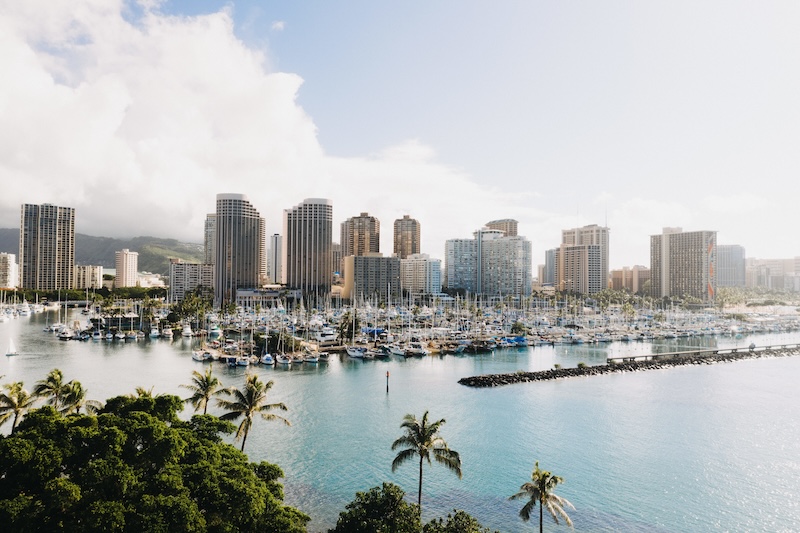
Climate:
Thanks to its tropical climate, Fort Lauderdale experiences mild temperatures and plenty of sunshine. There are rainy and dry seasons in the city:
- Wet Season (May to October): Most of Fort Lauderdale’s rainfall falls during this time, frequently in afternoon thunderstorms. Highs in the 80s and 90s Fahrenheit (27–33°C) are typical.
- Dry Season (November to April): This is the best time to go because of the comparatively cooler weather and reduced humidity. Highs typically fall between the middle of the 70s and 80s Fahrenheit (24–28°C).
Fort Lauderdale’s weather is conducive to outdoor recreation all year round, drawing tourists looking for sun, beach, and leisure.
Recreational and Park Attractions:
Fort Lauderdale offers many parks and recreational opportunities that locals and tourists appreciate. The following are notable locations:
- Fort Lauderdale Beach
Fort Lauderdale Beach, well-known for its immaculate white sand and crystal-clear blue waves, provides swimming, tanning, and water sports opportunities.
- Hugh Taylor Birch State Park
This urban sanctuary offers a tranquil getaway from the city’s bustle. It provides picnic spaces, hiking routes, and canoe rentals.
- Las Olas Boulevard
Famous for dining, shopping, and people-watching, Las Olas Boulevard is dotted with stores, galleries, and eateries.
- Bonnet House Museum & Gardens
Bonnet House is a historic home surrounded by stunning tropical gardens. Guided tours highlight the estate’s art collection and gorgeous architecture.
- Everglades Holiday Park
Situated west of Fort Lauderdale, this park provides airboat trips over the Everglades, enabling guests to see alligators and avian creatures.

Recreation and Parks:
Key Biscayne is home to some of the most beautiful white sand beaches and a vast array of outdoor recreational activities like biking, tennis, golf, fishing, kiteboarding, windsurfing, boating, and sailing. In the Bayside Marketplace, there might be something for everyone. Have dinner at a bustling restaurant with friends or visit one or more of the many thrilling attractions, such as the Vizcaya Museum and Gardens. Visit the 180-year-old Cape Florida Lighthouse or Crandon Park Beach to see Miami’s biggest star, Lolita the Killer Whale. Crandon Beach is famous for its parade of renowned photographers and models.
Offshore, amazing artificial reefs made ingeniously from everything like airplanes to recycled tugboats offer some of the best scuba diving and fishing on the planet. With a great book, you can play golf, windsurf, tennis, or kick back on the Village Green in the shade of a palm tree. Bikes, scooters, and rollerblades may enjoy miles of breathtaking beaches and unspoiled landscapes.
Located at the southernmost point of Key Biscayne, Bill Baggs Cape Florida State Recreation Area is a natural environment that is notably remarkable for its beauty and serenity. Strolling along the Key Biscayne Heritage Trail, you can see an ancient fossil reef, barrier island ecosystems, and stunning blue waters. Additionally, the locations of the pirate hideout, Hurricane Harbor, the Nixon Winter Whitehouse, and the manatee and dolphin populations are visible.
South Miami, Florida
The charming suburb of South Miami, Florida, lies south of Miami’s downtown. It skillfully blends modern sophistication with a small-town feel.
Green Spaces and Sustainability:
South Miami is proud of its green lifestyle, which includes beautiful parks, streets lined with trees, and a solid commitment to sustainability. The city actively promotes environmentally beneficial initiatives, emphasizing maintaining green spaces, creating bike lanes, and growing environmentally aware neighborhoods.
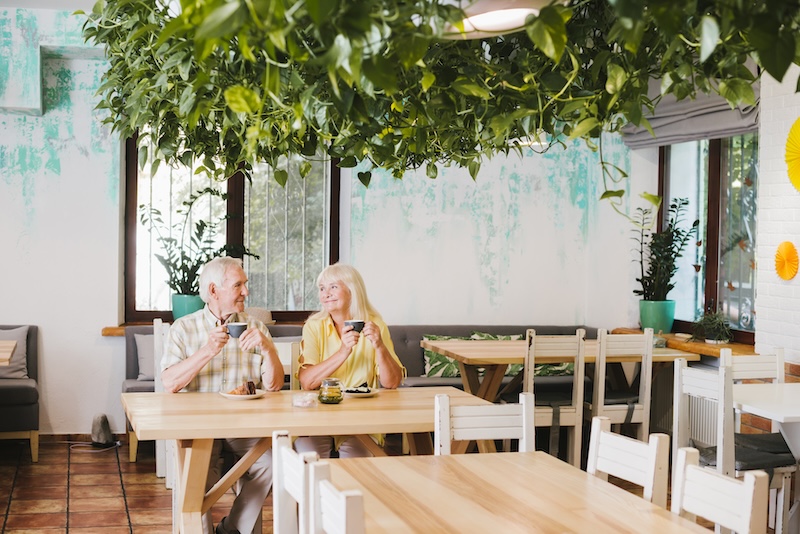
Boutiques, Cafes, and Art Galleries:
The city’s vibrant downtown area, unique boutiques, charming cafes, and art galleries contribute to its cultural richness. South Miami’s distinct vibe is enhanced by locally owned businesses and creative places accessible to residents and visitors.
Residential Neighborhoods:
South Miami features a range of residential neighborhoods, from elegantly designed historic sections to brand-new developments that cater to different lifestyles. Because of the city’s commitment to maintaining green space, the residential districts are visually pleasant and welcoming to the people.
Educational Excellence:
The city is committed to providing its residents with access to top-notch education. Several prestigious educational establishments are located there, including South Miami Children’s Clinic, South Miami Middle School, and South Miami Senior High School. This commitment to academic success increases families’ attraction to South Miami.
Parks and Outdoor Recreation:
People can have fun in South Miami’s various parks and outdoor spaces. Well-known parks with sports facilities, playgrounds, and green areas where people may enjoy outdoor activities and get closer to nature include Murray Park, Fuchs Park, and Dante Fascell Park.
Transportation and Accessibility:
Due to its convenient position inside Miami-Dade County, South Miami has easy access to major highways, which makes traveling to neighboring locations hassle-free. People seeking suburban living near city amenities find the city more enticing due to its easy proximity.
Community Events:
South Miami organizes several community events each year to foster a sense of togetherness among the residents. Events like farmers’ markets and cultural festivals are only two examples of how they contribute to the vibrant and welcoming atmosphere of the city.
Miami-Dade County, South Miami, Florida, is a unique and seductive place that combines small-town charm, a commitment to green living, cultural vibrancy, and academic success. This article’s in-depth analysis of the city allows readers to explore and appreciate the unique features that blend modern green living with quaint small-town charm.
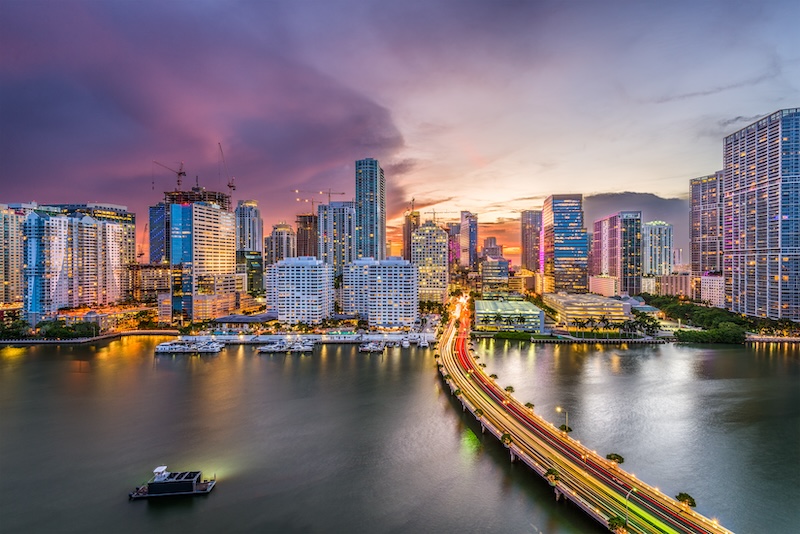
Miami, Florida
Miami, Florida, is a distinguished metropolis renowned for its urban vitality, cultural diversity, and exceptional way of life, all of which enthrall both inhabitants and tourists.
Cultural Diversity:
Miami is renowned for its diverse population, which is evident in its neighborhoods, cuisine, and vibrant arts scene. The city is a cultural melting pot, representing Latin America, the Caribbean, and Europe in specific neighborhoods. The Pérez Art Museum Miami (PAMM), Little Havana, and the Wynwood Walls are just a few examples of the city’s commitment to promoting the arts and culture.
Beaches and Waterfront Living:
Miami’s affluent lifestyle is linked to the city’s well-known beaches, including South Beach and Miami Beach. The sun-kissed beaches are popular with locals and tourists because they offer water sports opportunities, promenade strolls down Ocean Drive, and vibrant nightlife in the nearby Art Deco Historic District. Affluent residences, condominiums with spectacular views of Biscayne Bay and the Atlantic Ocean, and waterfront life are all hallmarks of Miami.
International Business Hub:
Miami is a hub for trade between the United States and Latin America. Due to its ideal position and cultural ties, the city is a crucial hub for global trade, finance, and business. The thriving Brickell Financial District is home to large corporations and financial institutions.
Culinary Excellence:
Miami’s cuisine culture offers diverse flavors, reflecting the city’s eclectic populace. The city has many delicious food options, from fine dining restaurants in South Beach to real Cuban food in Little Havana. Food festivals like the South Beach Wine & Food Festival emphasize Miami’s position as a culinary destination.
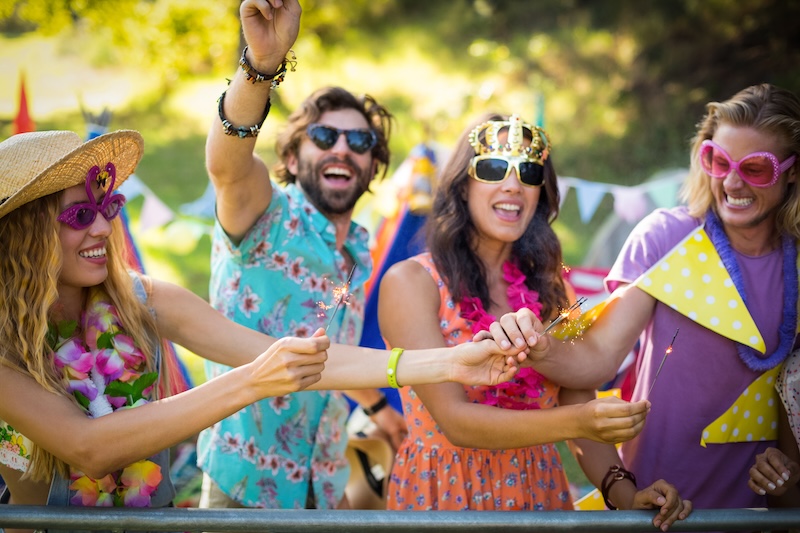
Festivals & Cultural Events:
Miami hosts festivals and cultural events yearly that attract tourists from various backgrounds. Events like the Miami International Film Festival, Art Basel Miami Beach, and Calle Ocho Festival are part of the city’s exciting cultural calendar.
Miami, Florida, is vibrant and alluring due to its many neighborhoods, waterfront attractiveness, global influence, excellent food, and exciting events. This essay aims to give readers a comprehensive understanding of Miami so they may appreciate and recognize the city’s unique character, which draws both residents and visitors to the Magic City.
Miami Beach, Florida
Miami Beach, situated between Biscayne Bay and the Atlantic Ocean, is a popular tourism destination that embodies Art Deco architecture, a vibrant nightlife, and sun-drenched beauty.
Beaches and Oceanfront Lifestyle:
Miami Beach is known for its sand beaches and sparkling waterways. Some of the most well-known beaches in the world, like South Beach, are located in this city. The beaches, lined with colorful lifeguard stations, are a sunbathing haven for water sports enthusiasts and those seeking a genuine Miami Beach experience.
Art Deco Historic District:
In South Beach’s Art Deco Historic District, pastel-colored buildings are adorned with neon lights, producing a feast for the eyes. This area, recognized as a National Register of Historic Places, contains many architectural masterpieces from the 1920s and 1930s. This historic quarter is centered on Ocean Drive, with sidewalk cafes and vibrant nightlife.
Boutique Hotels and Luxury Resorts:
Miami Beach has many luxury resorts and boutique hotels, which attract travelers seeking flair and luxury. Notable structures such as the Fontainebleau Miami Beach, The Setai, and the Faena Hotel Miami Beach have solidified the city’s reputation as an elegant and refined vacation spot.
Cultural and Artistic Scene:
Museums, art galleries, and cultural events are all part of the city’s diverse cultural scene. The annual Art Basel Miami Beach, the Wolfsonian-FIU, and the Bass Museum of Art highlight the city’s commitment to artistic expression and innovation, which draw visitors worldwide.
Vibrant Nightlife:
Once the sun goes down, Miami Beach’s renowned nightlife scene comes to life. The city has famous nightclubs like LIV at Fontainebleau and Story, trendy pubs, and rooftop lounges. South Beach’s nightlife draws tourists seeking glitz and excitement because of its vibrant energy.
Culinary Delights:
Miami Beach’s culinary scene blends international specialties with avant-garde cooking. The city offers various dining establishments, from upscale eateries on Lincoln Road to waterfront seafood restaurants. The annual South Beach Wine & Food Festival further enhances Miami Beach’s standing as a culinary destination.
Art Deco Weekend and Events:
The Art Deco Weekend is one of the most prominent events Miami Beach hosts annually. This famous festival celebrates the city’s rich cultural and architectural past and draws locals and tourists. Events like the Miami Beach Polo World Cup and the Miami International Boat Show serve as more examples of the city’s dynamic nature.
Miami Beach, Florida, is a paradise of glitter and pleasure. Its sun-kissed beaches, Art Deco flair, luxurious hotels, vibrant nightlife, and diverse cultural environment make it a paradise of glitter and pleasure. This essay seeks to give readers a comprehensive overview of Miami Beach so they can explore and take advantage of the city’s well-known attractions. Miami Beach is a top choice for sun worshippers, art enthusiasts, and anyone seeking the epitome of Miami’s glamorous lifestyle.

Pinecrest, FL
Pinecrest is a suburban community in Miami-Dade County, Florida, bordered to the east by Coral Gables, to the northeast by South Miami, and to the south by Palmetto Bay. It is well known for its beautiful parks, affluent neighborhoods, and excellent schools. This community is great for families and adults looking for a vibrant yet peaceful neighborhood near Miami.
History and Architecture:
Pinecrest, Florida, was established as a Miami-Dade County town in the 1930s. It officially became a village in 1996. The area was primarily agricultural until the post-World War II housing boom, but it later developed into a suburban residential area. Pinecrest’s abundance of pine trees and its location at the top of the slope connecting the Miami Rock slope to the Atlantic coastal ridge gave rise to the neighborhood’s nVibrant Nightlife:
Once the sun goes down, Miami Beach’s renowned nightlife scene comes to life. The city has famous nightclubs like LIV at Fontainebleau and Story, trendy pubs, and rooftop lounges. South Beach’s nightlife draws tourists seeking glitz and excitement because of its vibrant energy.
Culinary Delights:
Miami Beach’s culinary scene blends international specialties with avant-garde cooking. The city offers various dining establishments, from upscale eateries on Lincoln Road to waterfront seafood restaurants. The annual South Beach Wine & Food Festival further enhances Miami Beach’s standing as a culinary destination.
Art Deco Weekend and Events:
The Art Deco Weekend is one of the most prominent events Miami Beach hosts annually. This famous festival celebrates the city’s rich cultural and architectural past and draws locals and tourists. Events like the Miami Beach Polo World Cup and the Miami International Boat Show serve as more examples of the city’s dynamic nature.
Miami Beach, Florida, is a paradise of glitter and pleasure. Its sun-kissed beaches, Art Deco flair, luxurious hotels, vibrant nightlife, and diverse cultural environment make it a paradise of glitter and pleasure. This essay seeks to give readers a comprehensive overview of Miami Beach so they can explore and take advantage of the city’s well-known attractions. Miami Beach is a top choice for sun worshippers, art enthusiasts, and anyone seeking the epitome of Miami’s glamorous lifestyle.
ame. It is now well known for its lush surroundings, sumptuous estate homes, and family-friendly environment.
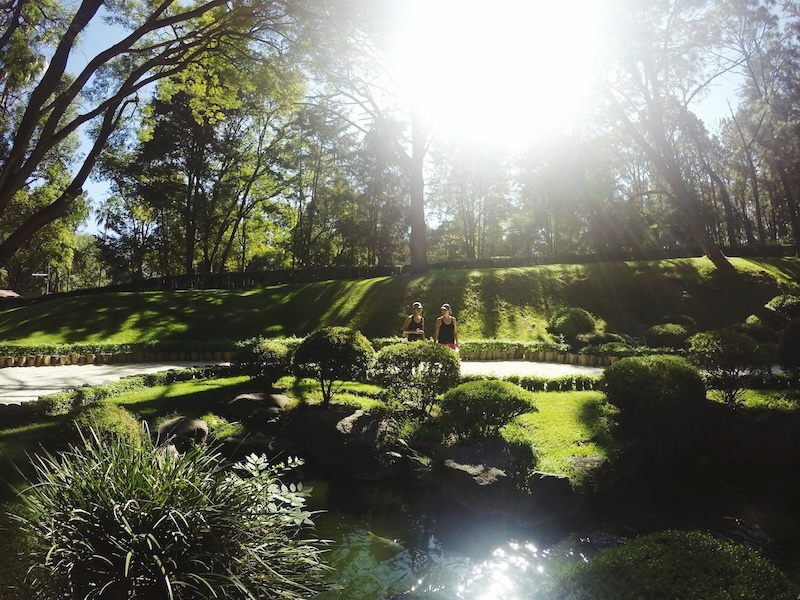
Parks and Outdoor Recreation:
Eight parks and facilities comprise Pinecrest, one of which is Pinecrest Gardens, a sizable park dubbed South Florida’s Cultural Arts Park, home to more than a thousand species of exotic tropical trees and plants. Pinecrest Gardens is a well-known community event site and site of spectacular beauty throughout South Florida. It’s been dubbed the “crown jewel” of the park system in the village. The park’s topography has natural fractures, caverns, sinkholes, and streams. There is a park there that used to be called the Parrot Jungle. It offered a variety of programs, including summer camps.
- Coral Pine Park is a nine-acre park with six-lit tennis courts, a recreation center, an all-purpose field, and a natural area.
- Evelyn Greer Park is a ten-acre park with softball and soccer fields, batting cages, a tot lot, a recreation center, and a shared pavilion with Wi-Fi. It was renamed in 2004 from “Pinecrest Park” in 2001, honoring the village’s first mayor. In 2005, Parenting Magazine listed this park as one of the best playgrounds in South Florida.
- Flagler Grove Park is a three-acre park that opened in 2008 and has parking, restrooms, lighting for minor soccer fields, and infinite play areas.
- Red Road Linear Park is a 2.5-mile bike and pedestrian corridor for bikes and walkers beside the Snapper Creek Canal on Red Road. It is lit. Situated between Kendall Drive and Killian Drive on the east side of Red Road, the parking lot has three rest areas surrounded by coral rock walls and enhanced by landscaping.
- A thriving 10-acre park, Suniland Park has baseball and football fields, batting cages, a recreation center, basketball courts, a tot lot, a pavilion with Wi-Fi, and a path for walking and running.
- Adjacent to S.W. is Veterans Wayside Park, a 4.5-acre park. On Veterans Day in 2007, 79 Avenue was renamed Veterans Parkway. The park has open recreation areas, picnic tables, and a freshwater lake. It honors the men and women who served in the United States armed forces.
Holistic Healing Services by Integrative Health Miami
Integrative Health Miami welcomes the different healthcare demands and wellness objectives of the people of Florida and offers its all-encompassing healing services to this thriving community. Personalized consultations, integrative medical therapies, wellness initiatives, chronic illness management, nutritional assistance, stress reduction methods, and educational materials are among the services offered. People in Florida can access complete, holistic healthcare options designed to improve their quality of life and encourage holistic healing, whether seeking relief from specific health issues or following proactive wellness measures.
Integrative Health Miami
40 SW 13th St Suite
#904, Miami, FL 33130, United States
(305) 456-6026
Our Services
Looking for a Primary Care Doctor?
Contact Dr. Barquin
- Dr. Yeisel Barquin
- (305) 456-6026
- drbarquin@eudaimoniamiami.com
- 40 SW 13th St Suite #904, Miami, FL 33130, United States
